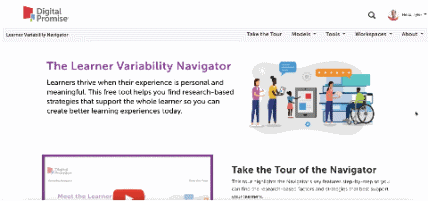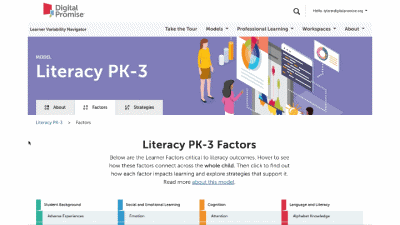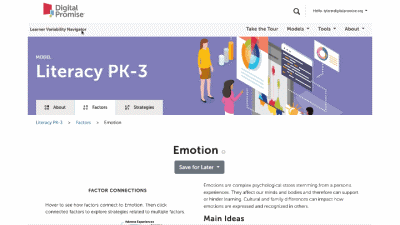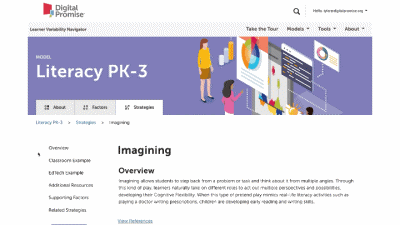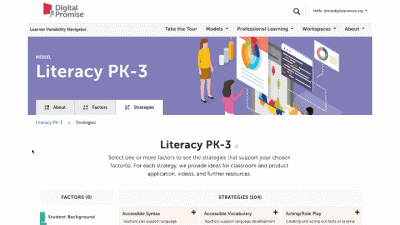Topic
Universal Design for Learning
“The barrier is in the design, not the learner.”
CAST
cast.org
What is Universal Design for Learning?
Universal Design for Learning (UDL) is a framework for learning design. It is based on research in the learning sciences that each individual is unique in how they learn, and within that variability are patterns that are systematic and predictable based on three neural networks that govern the learning process in the brain (Meyer et al., 2014). Knowing the sources and ranges of this variability helps learning designers proactively design to address it. UDL reflects a paradigm shift from curriculum-centered classrooms to learner-centered classrooms that allow for flexibility in learning. The goal of UDL is for all students to have access to learning and for all students to have agency as learners. There are three main principles of UDL, each based on a set of neural networks in the brain that scientists have identified as essential for learning:
- Affective Networks: the “why” of learning: These neural networks control our interests and motivations and call on educators to provide multiple means of engagement.
- Recognition Networks: the “what” of learning: These neural networks control how we perceive, identify, and interpret information through our senses. Providing multiple means of representation helps students process new information.
- Strategic Networks: the “how” of learning: These neural networks control how we set goals, plan, and perform tasks and projects. Students have different strengths and preferences when it comes to expressing their learning so it is important to provide multiple means of action and expression.
Examples from the Field
Case Study: UDL through an Equity Lens

EdWeb Webinar: UDL and Learner Variability

Digital Promise and CAST Product Certification
Recommended Resources
Additional resources you can use to further your knowledge and practice.
Go Further With this Topic
References:
CAST (2018). Universal Design for Learning Guidelines version 2.2. Retrieved from http://udlguidelines.cast.org
Meyer, A., Rose, D.H., & Gordon, D. (2014). Universal design for learning: Theory and Practice.











